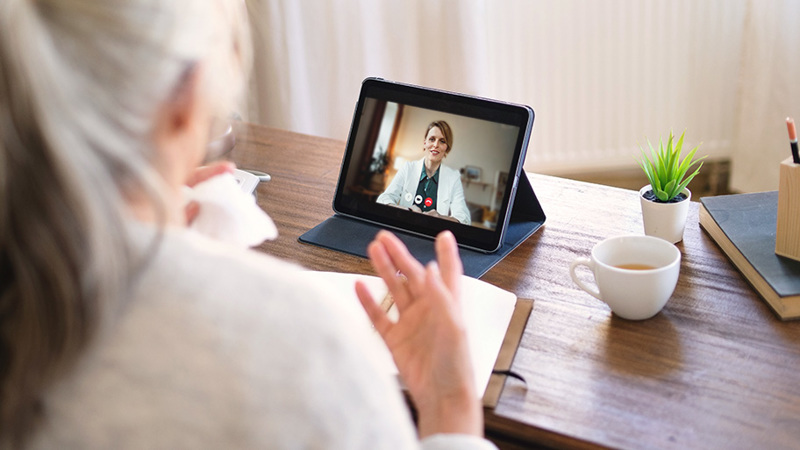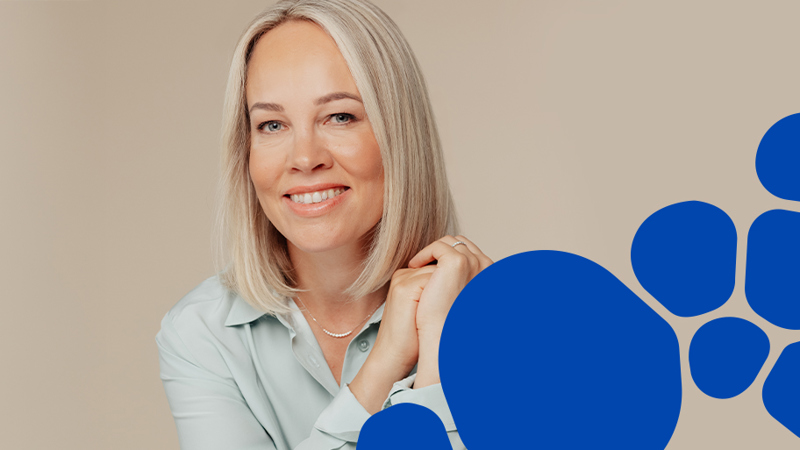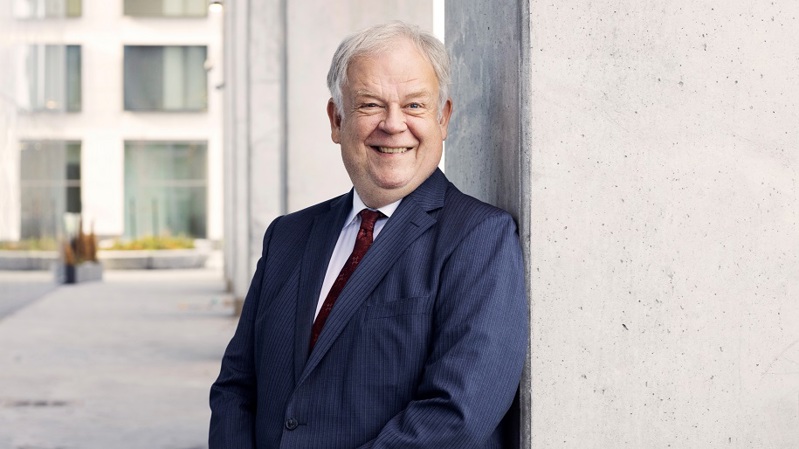Brave new world demands a new level of care: an international assessment model for quality and safety in remote appointments published

Terveystalo was the first in Finland to test a tool published by WHO in the spring that enables healthcare providers to assess the quality, safety and effectiveness of their remote appointments.

It's great to see a doctor right away, even from the comfort of your own home. No need to travel, find a parking space or scramble for childcare. Remote consultations, symptom assessments and other digital services are freeing healthcare from time and place in ways we only dreamed of a few years ago. At the same time, they are being fitted with the cape of the hero as the saviour of healthcare. But I teach my children that if something sounds too good to be true, it is usually not the whole truth.
Old ways of evaluating service don't always fit the new
The new way of delivering healthcare also creates new concerns, threats and things to consider. For years, we have been honing the safety of our primary care practices. We have successfully drawn on lessons from aviation, for example, where checklists that have rocketed flight safety have found their way into operating theatres around the world.
While other areas of life have been using a variety of digital services for years, healthcare is a world of its own. You can return the wrong size shirt bought online, but what about the treatment you get from a digital service? It's nice to have a video call with your grandmother from time to time, and you can hear what's going on with everyone else in the background. But what about a telemedicine appointment?
There is a huge number of issues to consider from a quality and safety perspective. Although medicine is the same remotely as it is in the present, the way you encounter it affects many things. A responsible healthcare provider takes the provision of new services seriously and systematically seeks to identify all aspects. This is by no means an easy task.
WHO publishes a tool for evaluating remote health appointments
Fortunately, everyone is in exactly the same situation. That's why the World Health Organization (WHO) took up the collective challenge and developed a tool to help healthcare providers systematically assess the quality and safety of their telehealth services, especially from the patient's perspective.
The tool assesses:
- Patient-centredness, including customer experience and ease of use of services
- Monitoring effectiveness, i.e. how the benefits to the patient are monitored; and
- Service security, such as the implementation of data protection and security, and the service management model.
Challenge accepted!
At Terveystalo, we accepted the challenge as soon as it came up. As a large national operator, we wanted to test the evaluation tool in a Finnish environment. We found that many things were at an excellent level.
We also found room for improvement. We have gone to great lengths to ensure that our services are easy to use and reliable. But we can do even more to support our customers in their digital literacy. We will continue to offer support and guidance on, for example, the best environment in which to participate in remote consultations. We are also listening carefully to our customers' feedback on our advice and will continue to improve it.
A systematic, comprehensive and honest assessment of health services helped to make the experience even smoother and we would like to see all providers adopt this tool. It is not perfect, of course, but it will certainly get better the more people use it.

Antti-Jussi Ämmälä is a specialist in psychiatry and Senior Physician, Quality and Patient Safety at Terveystalo. He is responsible for medical quality, effectiveness and patient safety throughout Terveystalo. In practice, this means a wide range of tasks from collecting and analysing data to developing guidelines, learning from deviations and developing a safety culture. Scientific research is one of Ämmälä's passions.
Read more occupational health articles

Let's reform occupational health together
Laura Karotie, SVP Corporate Health at Terveystalo, shares her initial observations on how occupational health can be developed in a customer-oriented and sustainable manner.

Here are the digital trends in healthcare 2025: AI frees up time and supports quality of care
Ilari Richardt, Director of Digital Services at Terveystalo, highlights five major digital trends that will transform healthcare this year. At the heart of these trends is the potential of artificial intelligence to solve healthcare problems.

Good medicine requires the right tools
Medicine, like many other sciences, is advancing by leaps and bounds. The fact that medicine guides our work means that we deliver the most effective care as recommended. This requires us to constantly evolve and keep ahead of the scientific curve, so that we can act in the best interests of our customers, using all appropriate and possible means.

Occupational health psychologists are underutilized amidst the tsunami of mental health issues
The increase in psychological problems and burnout at work is constantly being discussed. Mental health disorders are one of the major causes of decreased work efficiency, absenteeism, and transition to disability pensions. One might ask why this situation persists, despite the fact that our country has a unique and highly regarded occupational health care system, with a large number of experts in the connection between work and mental health – us occupational health psychologists.

Where there is love for medicine, there is love for humanity
Hippocrates' wise words help us make the right choices. Our commitment to our mission, working for a healthier life, extends beyond the provision of quality health services to the promotion of human rights throughout our value chain.

Together towards a healthier workplace: The power of occupational health partnership
A healthy workplace is the result of collective effort, and Finnish business decision-makers share this view. Customer Relationship Director Terhi Nieminen explains how Terveystalo focuses on proactive measures and multidisciplinary collaboration, supporting the well-being of workplaces and employees comprehensively. This way, we create value that promotes sustainable success and addresses the challenges of the future working life.